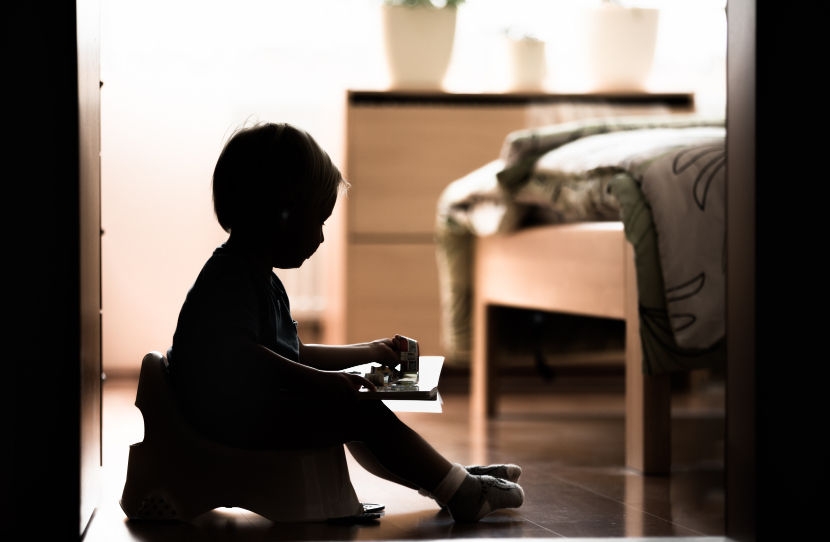Toilet training can be challenging for both you and your little one – you might encounter some setbacks in the learning process, but with patience and perseverance your little one will be using the toilet on their own before you know it! Here’s some advice for solving toilet training issues.
Looking for toilet training tips and tricks? Check out our article on everything you need to know before toilet training your toddler.
Toilet training can be a challenging time, but it won’t last forever. Some resources suggest 18 months to two years old is the best ‘window of opportunity for toilet training. However, pressuring your child to toilet train before they’re ready can present its own set of issues. However old your child is, there are some common toilet training setbacks you may experience. Here are some potential solutions should you experience the following:
My child doesn’t want to poo in the toilet
Sometimes training for poos takes longer than training for wees. Some wee-trained kids will refuse to poo in the toilet or run away/hide when they need to poo. Causes and solution for this can include:
- Shyness. Pooing in front of someone else can be more confronting than weeing. Maybe your little one is uncomfortable being watched. Try giving them some privacy and letting them know to call out when they’re done or if they need you.
- Used to standing up. Once kids are in nappies and walking around, they can grow accustomed to pooing in a more upright position. If you think your little one may need to poo, try putting them on the potty in their nappy. This might be less of a shock to their system and will get them used to the sitting position.
- Scared of falling in. Some little ones are too little for adult toilet seats! If you haven’t already, purchase a fitted toilet training seat that goes over the standard seat. Try letting your little one choose a fun color and get excited about it with them.
- Poo is part of us. Some children are reluctant to let go of their poo because they don’t fully understand it is ‘waste’ or separates them. Try explaining how poo is made and what it is, or ‘waving goodbye’ as you flush it away.
- Maybe the flush sound is scary. Let your little one leave the room before you flush their poos.
- Constipation can be painful and make a child reluctant to go to the toilet. Include plenty of fiber, fruit, and vegetables in your child’s diet. Talk to your doctor or pharmacist if they seem to be constipated.
Regression
Your child is toilet trained, you’re in the clear, and then… back to square one. Sometimes toilet-trained children regress, and will ask to go back to nappies, or will have more accidents. Patience is key in this situation.
You may need to begin the whole training process again. This can be frustrating, but remember your little one is overcoming a challenge and reaching a milestone. Support and understanding go a long way. Encourage your little one to talk to you about why they don’t want to use the toilet all of a sudden.
Accidents
Whether your child is regressing or not, they may have some accidents even after a period of seeming toilet trained. Avoid shaming or guilting your child in this situation. Use positive language and encourage them to keep trying. They’ll get there!
Recommended Articles:
https://www.babybunting.com.au/baby-talk-blog/toilet-training-what-do-i-need/
https://www.babybunting.com.au/baby-talk-blog/toddlers-and-dinner-time/



